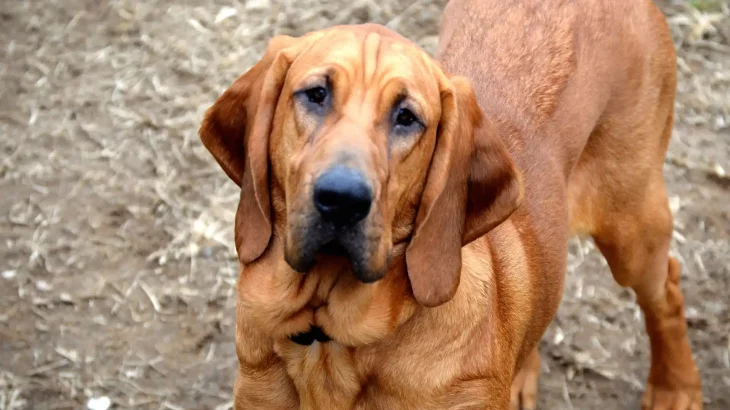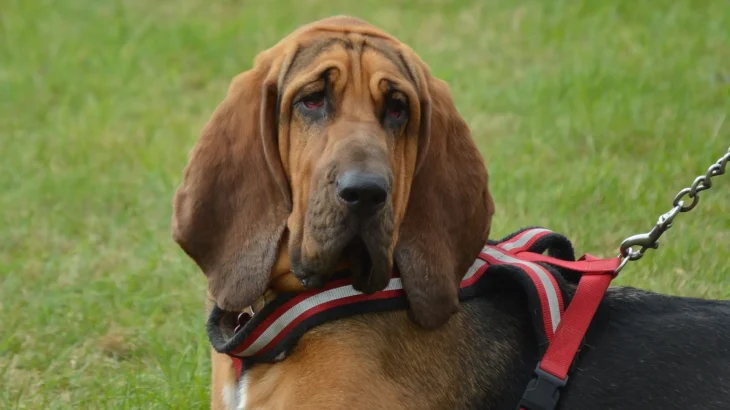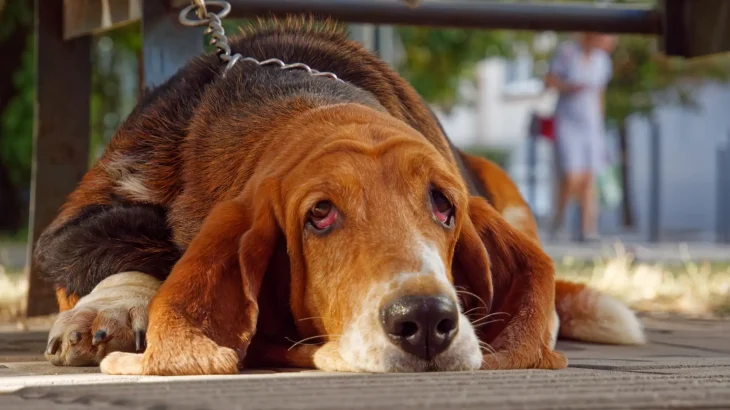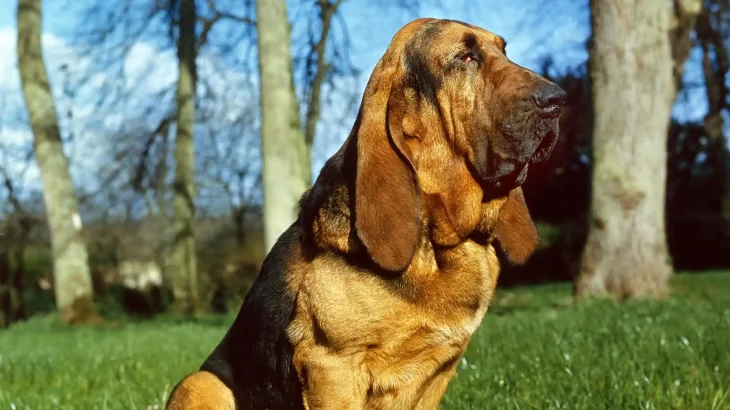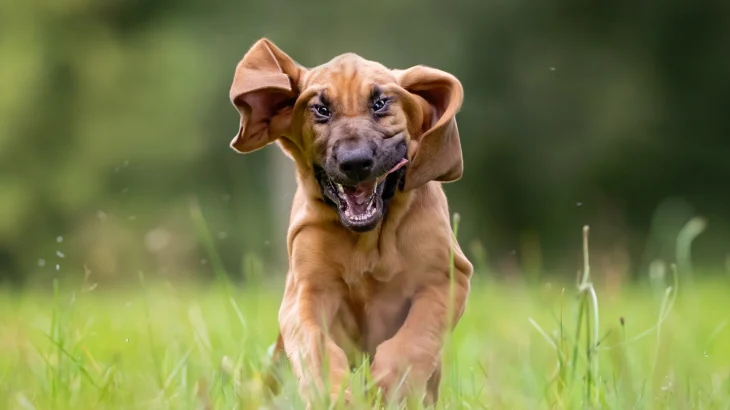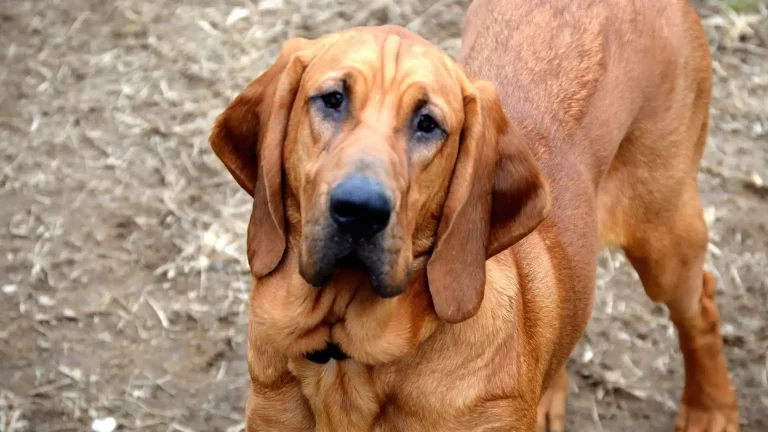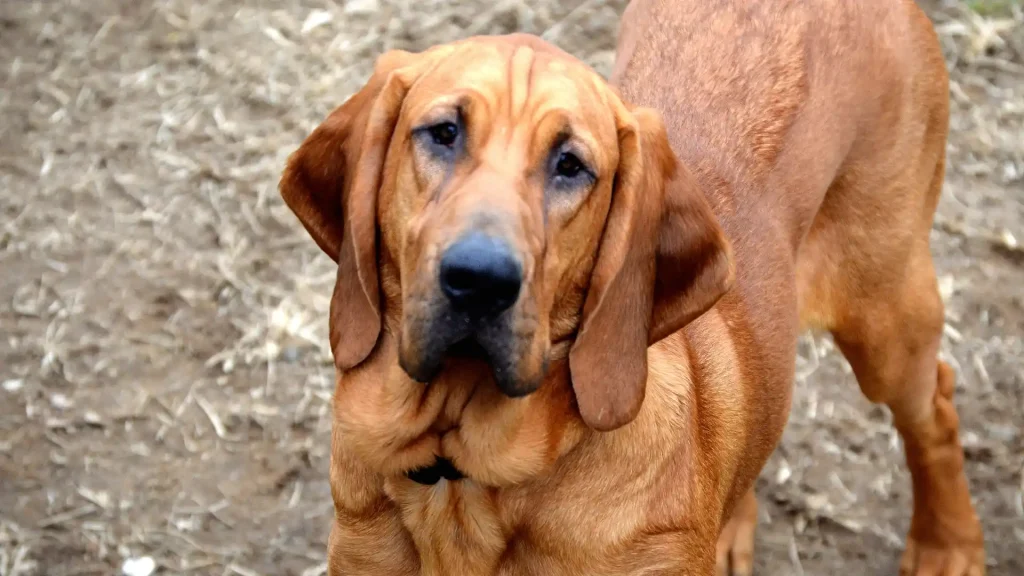When deciding whether to get a Bloodhound puppy, you can either adopt or purchase from a breeder. Both choices come with their own set of benefits and challenges, especially regarding health transparency, cost, and supporting ethical practices. Understanding these differences can help you make a choice that feels right for you and your new companion.
Here's a quick comparison:
| Criteria | Buying from Breeder | Adopting from Shelter/Rescue |
|---|---|---|
| Cost | Tends to be higher, reflecting pedigree and breeder expenses. | Generally lower adoption fees, sometimes including initial vet care. |
| Health History | Clear health records with genetic screening if reputable breeder. | Often limited history; shelters do basic health checks. |
| Age Availability | Primarily young puppies to raise from the start. | Range from puppies to adults, offering options. |
| Temperament Insight | Breeders provide info based on lineage and parents. | Shelters share behavior observations; background may be unknown. |
| Supporting Practices | Supports controlled breeding; vet breeder ethics carefully. | Helps animal welfare and reduces shelter overcrowding. |
| Ethical Considerations | Risk of supporting puppy mills if breeder not reputable. | Promotes rescue and giving homes to dogs in need. |

